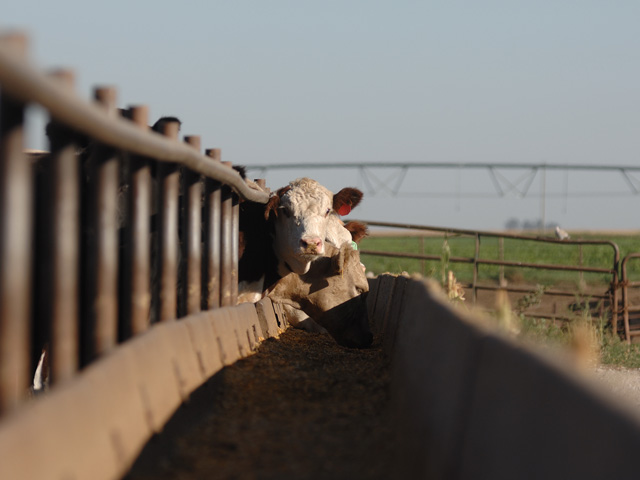Call the Market
Looking Past Labor Day in the Cattle Market
The last few weeks have been fruitful for the cattle market. Live cattle prices have been higher for eight weeks in a row, both live cattle and feeder cattle contracts have been adamant about grinding higher, and feeder cattle prices have blown past levels that many thought wouldn't be possible for this summer. But taking the time to stop and notice how the calendar and holidays affect the cattle market is interesting.
In a little under three weeks, Americans will be celebrating their last summer hurrah over the long Labor Day weekend. For some, this year's celebration won't mimic those of the past, but many Americans will still participate in a three-day weekend festivity in some way or another. Amid those backyard grilling preparations or mapping of a quick road trip, the boxed beef market is already seeing the reward! In just the last week, choice cuts have jumped $12.78 ($220.86), and select cuts have jumped $9.63 ($204.65). In years past, this week seasonally marks a short-term top in both cash cattle and boxed beef prices, as Labor Day is a big event for the beef industry. However, knowing that a short-term top could be building and that Labor Day is only a few weeks away begs some questions about how the market will perform after the holiday.
P[L1] D[0x0] M[300x250] OOP[F] ADUNIT[] T[]
First, the market's cash cattle trade has been steadily higher over the last eight weeks. It's almost sickening to realize that our industry is rallying and excited to see fats selling for a measly $106. But the fact remains that it's better than the sub-$100 levels the market was plagued with earlier this spring, and eight weeks of steadily higher prices isn't anything to look down on. But since the second-to-last week in May, packers have consistently bought anywhere from 80,000 to 146,000 head of fat cattle each week. Going back and looking at the committed delivery schedules for those cattle, most of the cattle have been scheduled for a two-week delivery with a small remaining percentage of the cattle being left for the following 15- to 30-day delivery. The recent cash cattle trade has been helpful to move the market higher, but at some point, packers are going to pull back and not be so aggressive in the cash market. As the hype of Labor Day dwindles, how aggressive are packers going to be heading into fall in regard to both slaughter processing and cash cattle buying?
Secondly, the recent feeder cattle rally has been an utter blessing to both the live cattle market and feeder cattle complex. Without the driving momentum from feeder cattle prices, the live cattle contracts would have been less likely to trade higher, and the lack of support could have curbed the momentum in the cash cattle market. But, as you all know and vividly remember, during the spring's early feeder cattle specialty video sales, fewer cattle sold than years past as producers were leery of the market. As time has progressed, thankfully, the feeder cattle market has rallied and pushed prices higher. But the truth about the fall and its normal tendency doesn't change. Even without the extra calves and feeders to market from COVID-19's disruption, the fall run is notorious for being strong until buyers have met their needs, at which point the market becomes saturated with feeders and prices weaken.
So, how will feeder cattle prices march into the fall? With corn prices toying with the notion of trading higher and pastures continuing to deteriorate, buyers may stop to question the cost of gain and reevaluate what they can afford to pay given the current market parameters.
Lastly, the most agonizing, frustrating and bewildering question that always lies somewhat at the root of every market (but has become even more prevalent through 2020's unusual course): Do any of the previous questions matter? What unforeseen events could unfold in the next week, next two months or next year?
Both the fire in Holcomb, Kansas, and the outbreak of COVID-19 left our market in an unrecognizable form and affected how business would have been normally conducted for weeks, months and, heaven forbid, years to come. We cannot predict black swan events -- all we can do is be diligent with the information at hand and make the best-informed decisions possible.
ShayLe Stewart can be reached at shayLe.stewart@dtn.com
(c) Copyright 2020 DTN, LLC. All rights reserved.




